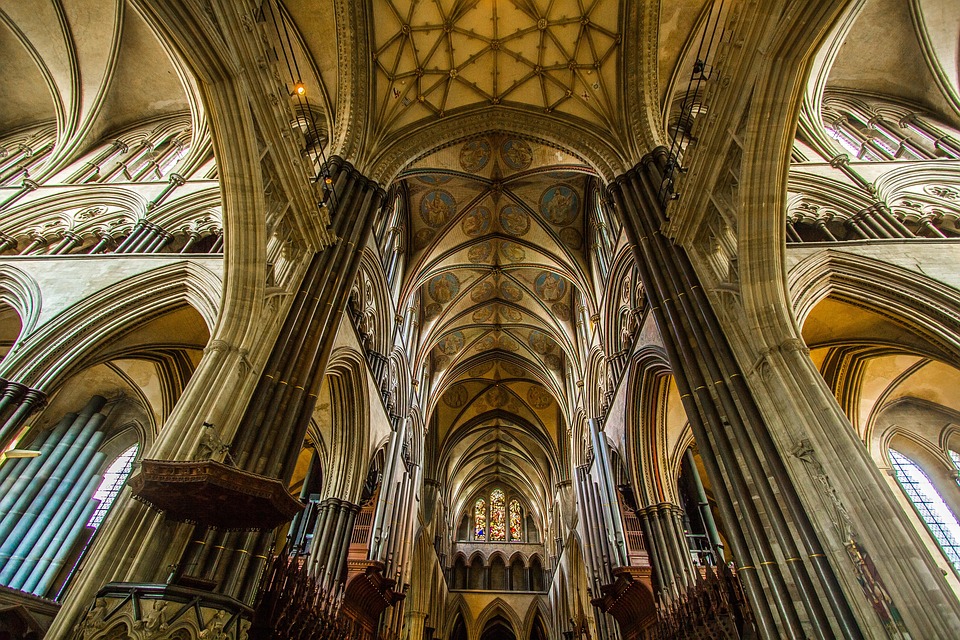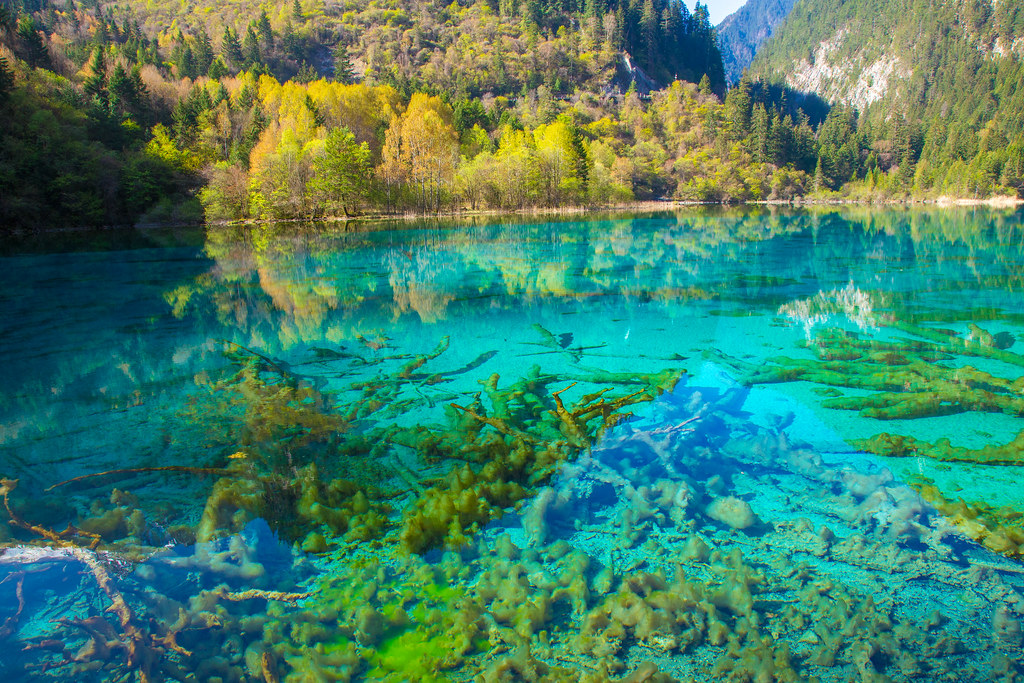WHY VISIT MUNICH
Munich is a city that respects all the clichés that the collective imagination has attributed to it. Usually, when you think of this town protected by the Alps, cozy breweries, ruddy, and friendly faces come to mind, beautiful and ancient buildings that tell of a glorious past. Munich is exactly as you imagine it: full of beer, history, and friendliness. Can be defined without exaggeration of the “other” capital of Germany, the one in which modernity has not swept away tradition. The most famous beer festival in the world, the “Oktoberfest“, is a clear example of how the habits of the past have become an active part of the Munich present.
The historical center of the city is a concrete example of how Munich’s past and present are part of a unique, harmonious context. In fact, in the central square, there are the Alte and the Neue Rathaus (old and new town hall), one built around the 15th century, the other dating back to the beginning of the 20th century. The two municipalities draw an interesting journey through the history of the city, through the Gothic architecture that gave Munich a timeless beauty. The streets of the city have seen the passage of important historical figures such as the great composer Wolfgang Amadeus Mozart, who in Munich sought a job at the court of the Wittelsbach family, who ruled the Bavarian city for about 800 years, to Pope Benedict XVI was Archbishop of Munich.
WHAT TO SEE IN MUNICH
Top attractions not to be missed are:
- Marienplatz
- The Residenz Museum
- New Town Hall (Neus Rathaus)
- Old Town Hall (Altes Rathaus)
- Glockenspiel im Rathausturm
- St. Peter’s Church
- Michaelskirche
- St. Michael
- Nymphenburg Palace
- Hirmer Stammhauses
- Justizpalast
- Mariensaeule
- Maximillianstrasse
- Angel of Peace (Friedensengel)
- Max-Joseph-Platz
- Isartor
- Karls Gate (Karlstor)
- Burgersaalkirche
- Holy Ghost Church
- Theatinerkirche St. Kajetan
- Ruhmeshalle und Bavaria
Following instead some hidden spots of the city that only locals know!
- Asamkirche (Asam Church)
- Byrd’s eye view from St. Peter’s Church (Rindermarkt 1)
- Frauenkirche
- Platzl an der Orlandostrasse
- Schloss Schleißheim
WHEN TO GO TO MUNICH
The best period to visit Munich is from May to September.
Following a list of main events and typical festivals and celebrations of Munich.
- Oktoberfest
- Christmas Markets
- Kaltenberger Ritterturnier
- Christopher Street Day (July 14-15)
HOW TO REACH AND MOVE IN MUNICH
main airport is the Munich International Airport.
download the transportation map
download the transportation APP
WHAT TO DO IN MUNICH
typical dishes of Munich are:
- Bratwurst: grilled sausage typically made from a combination of pork, beef and/or veal.
- Eisbein mit sauerkraut: cured and boiled leg of pork accompanied by mashed potatoes.
- Schwäbische maultaschen: large savoury meat-stuffed ravioli from Stuttgart.
- Butterbrez’n: soft pretzel sliced in two and slathered with butter.
- Käsespätzle: hot egg noodles tossed with cheese.
- Eintopf: a hearty, warming stew made by cooking vegetables, pulses, and meat in a broth.
- Eierpfannkuchen: pancakes commonly served with jam and sprinkled sugar, fruit, or cream.
- Schwarzwälder kirschtorte: a cake with layers of chocolate sponge, cherries, and whipped cream and lashings of cherry liqueur.
- Lebkuchen: gingerbread biscuits typically eaten around Christmas.
- Ebbelwoi: an apple wine from Hessen.
- Schnapps: clear fruit-flavored brandies available in hundreds of varieties.
- Kirschwasser: a colorless cherry-flavored spirit that originates from the Black Forest region.
- Bier: there are thousands of varieties of German beer from Weissbier (a cloudy light-colored wheat brew) to Kölsch (a top-fermented beer brewed exclusively in the Cologne region) to Altbier (a dark copper colored pour most popular in Düsseldorf).
typical souvenirs of Munich are:
- Silk scarves;
- Hand-made Christmas ornaments or Lebkuchen Hearts, gingerbread cookies made in the shape of a heart;
- Wooden Nutcrackers;
- Lederhosen and Dirndl, the Bavarian typical costumes, not without the Bavarian Gambart;
- Porcelain beer steins or beer glasses or Das Boot, a beer glass in the shape of a boot;
- Hummel figurines;
- Beer, Bauchspeck (a thick slab of skin-on pork belly, smoked and vacuum packed), Knackwurst, Pastrima (air-dried and cured beef, covered in a thick layer of spices), Senft (spicy mustard with a sharp, nasal horseradish bite);
The main theatre in Munich is the Bayerische Staatsoper.






















